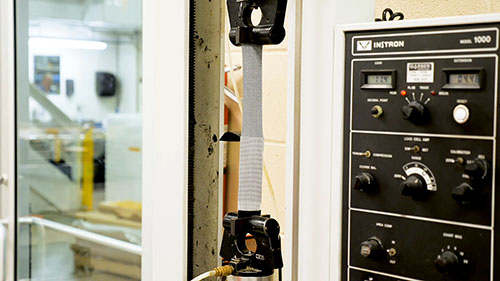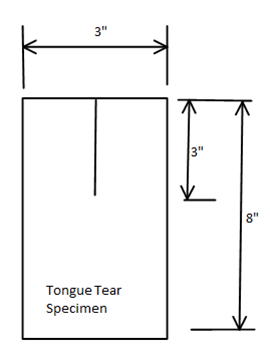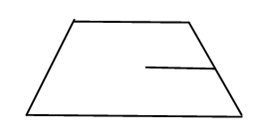 How does a textile engineer compare one fabric to another? How do you determine if one fabric is stronger, tougher, has better UV, has proper flame retardants or is receptive to printing for the application in which you'll be using it?
How does a textile engineer compare one fabric to another? How do you determine if one fabric is stronger, tougher, has better UV, has proper flame retardants or is receptive to printing for the application in which you'll be using it?
In this article, we'll discuss tear testing methods. Our desire is to take some of the mystery out of the lab testing process and help fabricators and fabric specifiers make informed decisions when choosing a fabric. While there are hundreds of different tests that are specifically designed to address unique performance fabric requirements, there is a battery of tests that will give you the ability to compare fabrics to each other and better make application decisions.
Tear Testing for Textiles
This test procedure is always difficult to directly relate to any real-life performance criteria, but this test will help you determine the overall strength of the fabric and help you determine which fabric to use based on the level of strength that is required for a specific application.
Tear Testing is one of the most basic tests to determine the physical strength of one fabric compared to another. Here's a simple definition: tear testing is a measurement of force required to continue a tear of a fabric specimen assuming that a tear has already been created.
Two commonly used methods include Tongue Tear and Trapezoidal Tear. Both work on the same premise: they measure the amount of force required to continue tearing along a predetermined tear point. We are going to focus on the Tongue Tear, but we will also compare trapezoidal tear results to tongue tear results.
The Basics of the Tongue Tear Test Method
Specimen
- For product with a scrim yarn of 1000 denier or more: 8.5 x 11"
- For product with a scrim yard of under 1000 denier: 3" x 8"
- Samples cut in both warp (length direction) and fill
- A 3" cut is made at the center of either the 3" side or the 8.5" side of the sample
Testing

- The testing machine has two clamps (one on top and one on the bottom).
- The clamps are pulled away from each other using a measured force (hydraulic in most cases).
- One of the sides of the specimen that has the 3" tear is affixed to each clamp.
- The material is pulled, applying force directly to the point at the end of the premade cut in the fabric.
Results
Results are measured in pounds: the weight being pulled against the upper and lower clamp. Another way to look at it is to imagine one side of the test being attached to a fixed rod and the other end of the specimen attached to a "scale" that we continue to which we add more and more weight until the specimen continues tearing. At the point that the specimen continues tearing, that is the amount of pounds that it takes to continue the tear.
Trapezoidal Testing
- The specimen is cut into an isosceles trapezoid.
- The slit is made in the side of the fabric.
- The upper clamp is adhered to the top of the specimen.
- The lower clamp is adhered to the bottom of the specimen.
It is important to understand that there is no one lab test that will exactly replicate real life wear and tear, but combining the values of several different tests will help you make the best decision for your specific application.